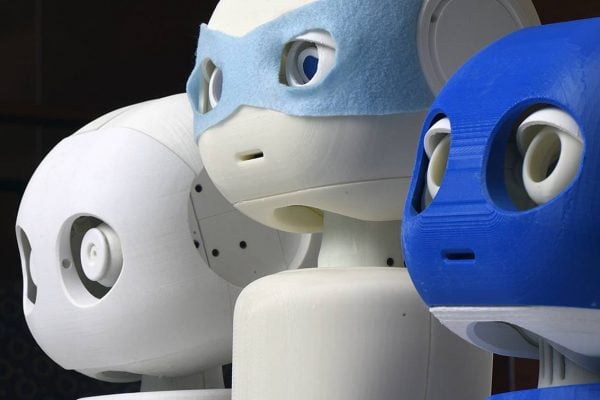In: User-Centered Design

New method aims to optimize HIV treatments, improve quality of life
- February 23, 2024
- User-Centered Design
A Johns Hopkins team develops a way to personalize antiretroviral therapy to reduce side effects.

Putting prosthetics research back in touch
- October 25, 2023
- Robotics, Augmented Reality, and DevicesUser-Centered Design
Researchers urge the greater prosthesis engineering community to listen to end users' actual needs.

Mathias Unberath receives Google Research Scholar Award
- June 5, 2023
- Center NewsUser-Centered Design
The Google Research Scholar Program supports early-career professors who are pursuing cutting-edge research.

Robot programming for everyday people
- September 28, 2021
- Robotics, Augmented Reality, and DevicesUser-Centered Design
New Demoshop software makes it easier to teach robots to help in the workplace.

Canine Comfort
- February 6, 2020
- Robotics, Augmented Reality, and DevicesUser-Centered Design
A hospital stay can be a confusing and scary experience for many children. Chien-Ming Huang and team are designing robotic companions, modeled after service animals, for pediatric patients.

Plays well with humans
- December 19, 2019
- Robotics, Augmented Reality, and DevicesUser-Centered Design
In the not-too-distant future, robots might assist us at home, school, hospitals, and workplaces. Roboticists and ethicists want to ensure they do so effectively, and help rather than hurt—even if it's just our feelings.